Apple has always been a major player in the tech industry. With its sleek designs, user-friendly interfaces, and innovative technology, it’s no wonder that as of September 2021, macOS held a significant 15-20% of the desktop and laptop market. This figure, while impressive, only scratches the surface of Apple’s influence in the computing world.
The Rise of macOS
MacOS, formerly known as OS X, has seen a steady rise in popularity over the years. Its integration with Apple’s hardware, combined with its robust security features, has made it a favorite among professionals and creatives alike. The ecosystem Apple has built around its products, from the MacBook to the iMac, ensures that users stay within their fold.
Comparing with Other Desktop OS
When we stack macOS against other operating systems like Windows or Linux, it’s evident that while Windows still dominates the market, macOS has carved out a significant niche for itself. Its user base is loyal, often citing the OS’s stability and the seamless integrat
ion of software and hardware as reasons for their preference.
Factors Driving macOS Popularity
Several factors contribute to macOS’s growing market share:
- Innovation: Apple’s commitment to innovation ensures that each macOS update is better than the last.
- Security: macOS is often touted as being more secure than its counterparts, thanks to Apple’s stringent software guidelines.
- Ecosystem: The seamless integration between macOS and other Apple devices like the iPhone or iPad enhances the user experience.
Considering iOS devices like iPhones and iPads as “computing devices.”
In today’s digital age, the line between desktop computing and mobile computing is blurring. With smartphones and tablets becoming increasingly powerful, they’re now being used for tasks that were once reserved for desktops and laptops.
The Power of iOS
iOS, Apple’s mobile operating system, powers millions of iPhones and iPads worldwide. These devices, with their vast app ecosystems and robust hardware, can handle everything from video editing to graphic design.
iOS’s Massive Market Share
When we factor in iOS devices, Apple’s share of the computing market skyrockets. iPhones, with their global appeal, have become ubiquitous. iPads, too, have found favor among professionals, especially with the introduction of the iPad Pro and Apple Pencil.
Why iOS Devices are “Computing Devices”
- Versatility: With apps designed for professional work, iOS devices can easily replace traditional computers for many tasks.
- Portability: The compact nature of iPhones and iPads makes them ideal for on-the-go computing.
- Integration: Just like macOS, iOS benefits from Apple’s integrated ecosystem.
The Combined Might of macOS and iOS
When we consider both macOS and iOS, it’s clear that Apple holds a substantial portion of the global computing market. Their combined influence is a testament to Apple’s vision and its commitment to delivering top-notch products.
A Unified Ecosystem
One of Apple’s biggest strengths is its unified ecosystem. Whether you’re using a MacBook, an iPhone, or an iPad, the experience is seamless. Features like Handoff allow users to start a task on one device and finish it on another, exemplifying the power of Apple’s integrated approach.
Facing the Competition
While Android dominates the mobile OS market in terms of sheer numbers, iOS’s profitability and user engagement are unmatched. Similarly, in the desktop arena, macOS might not have the numbers that Windows boasts, but its user satisfaction ratings are consistently high.
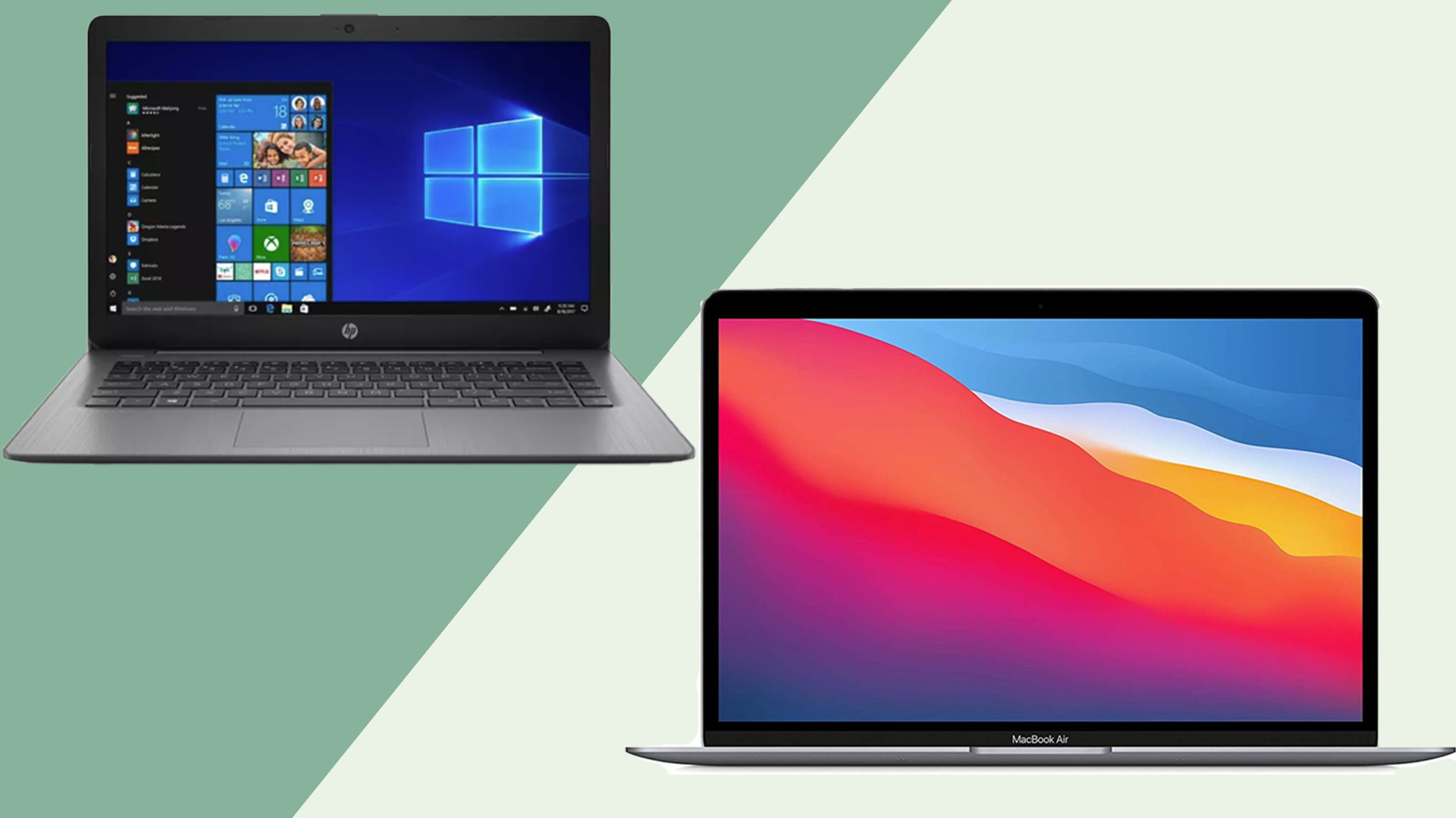


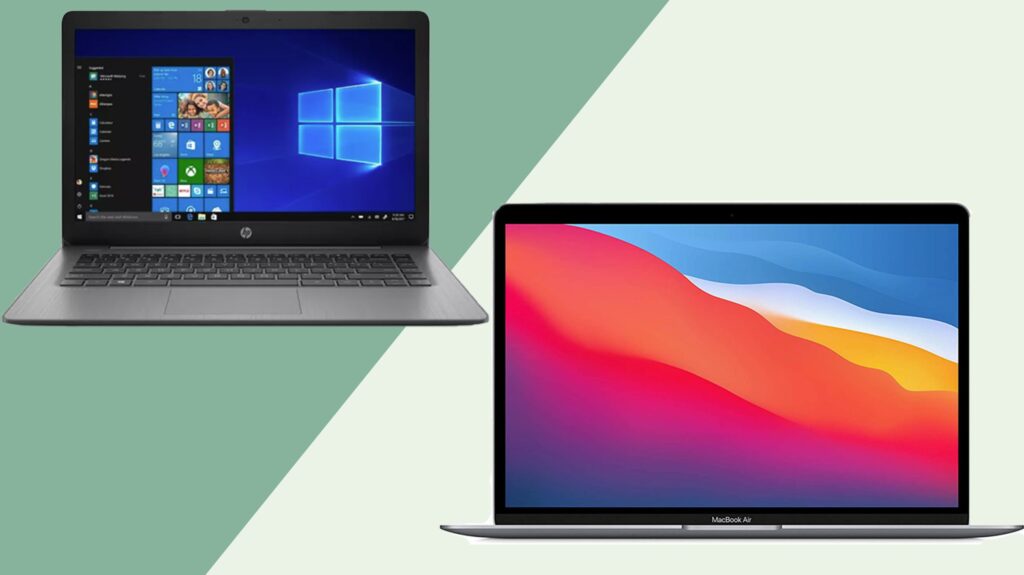



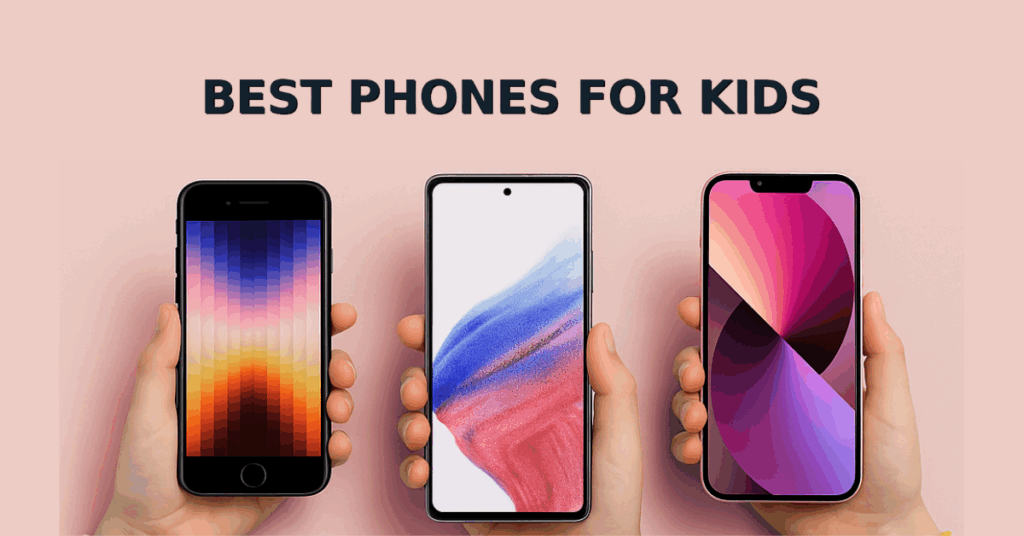
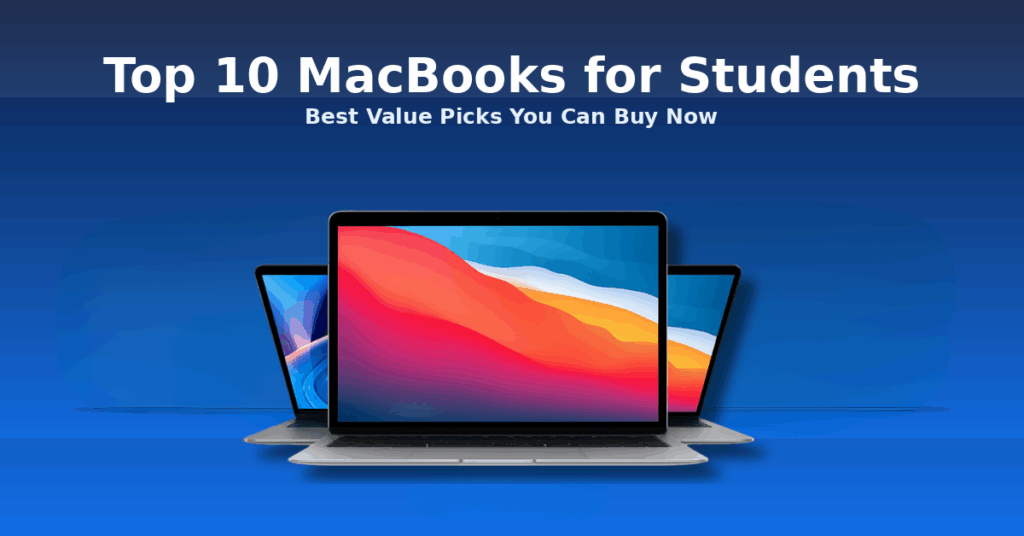

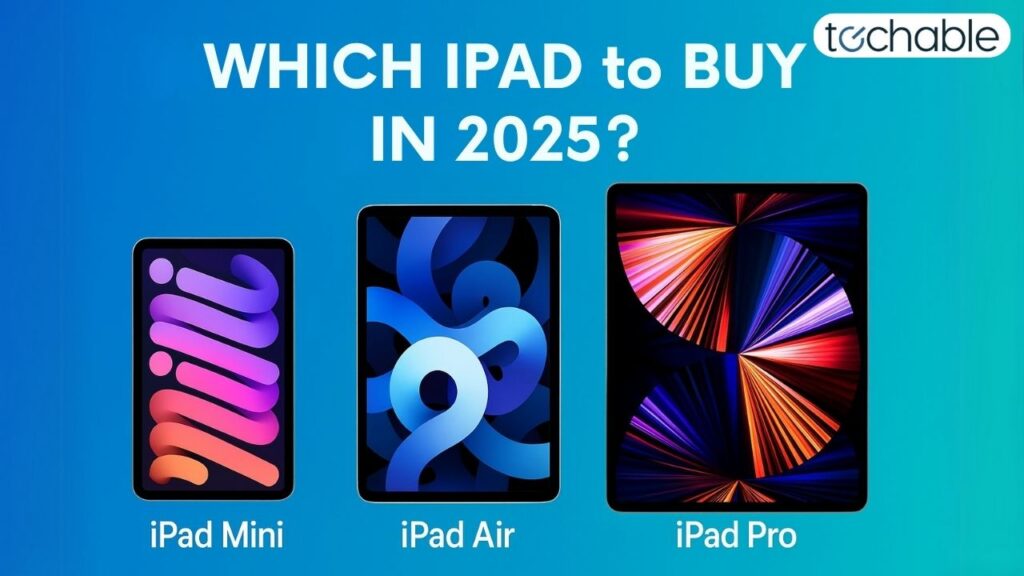
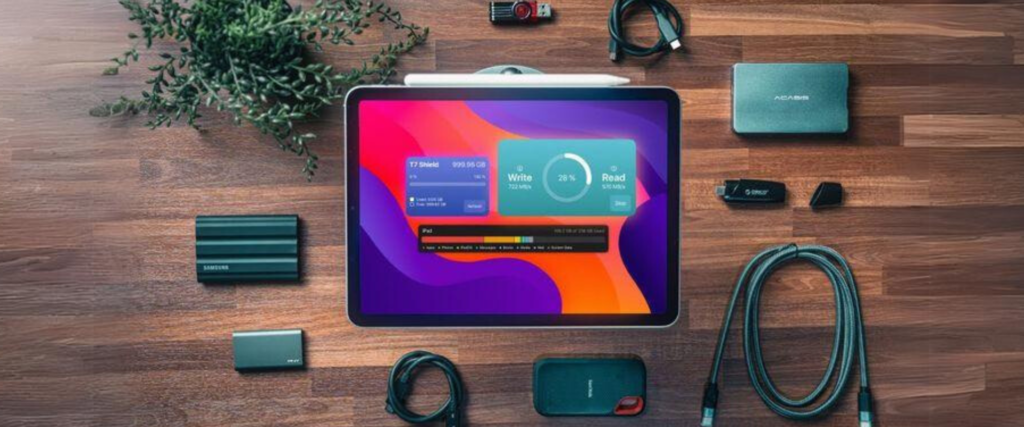

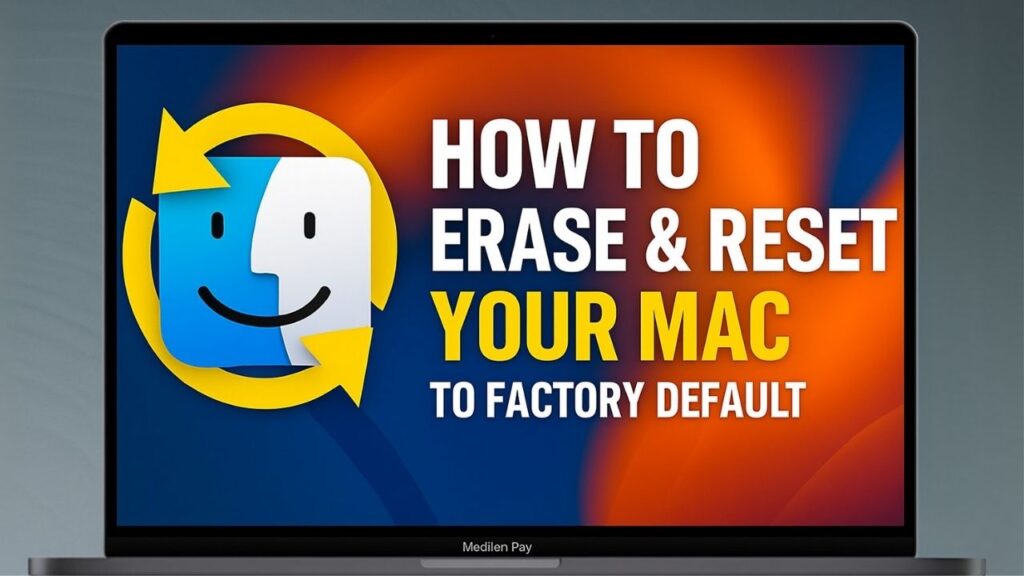
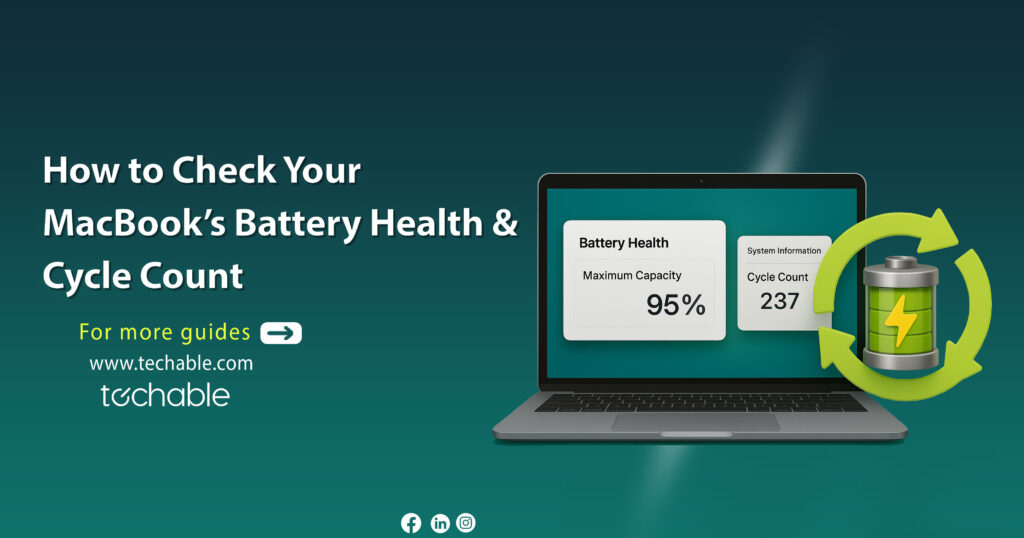
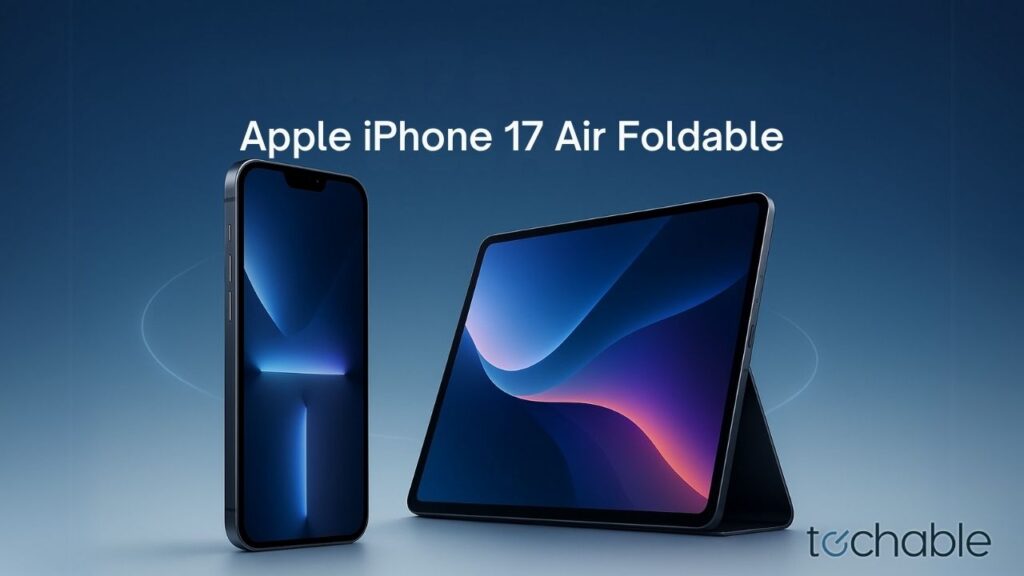

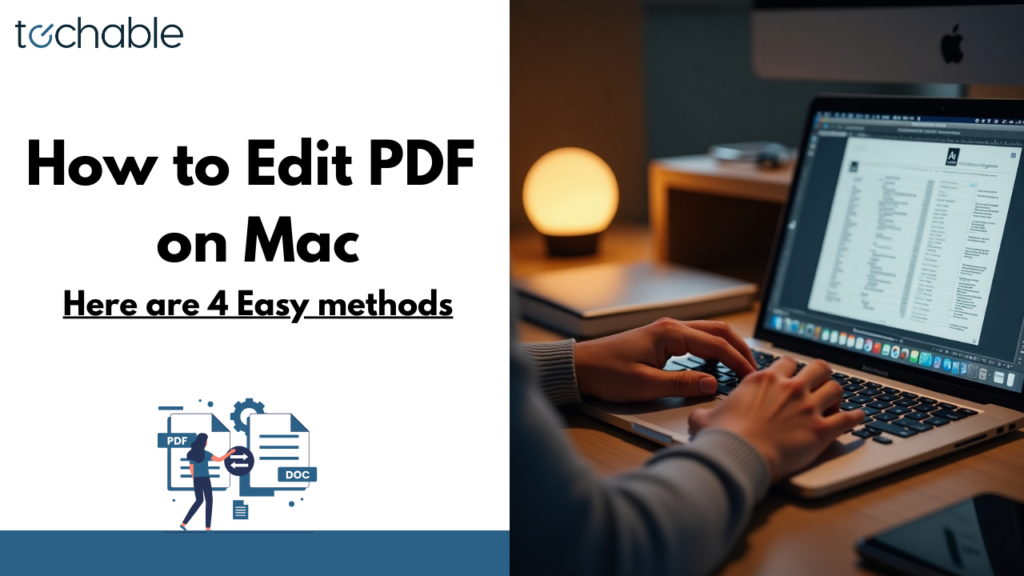
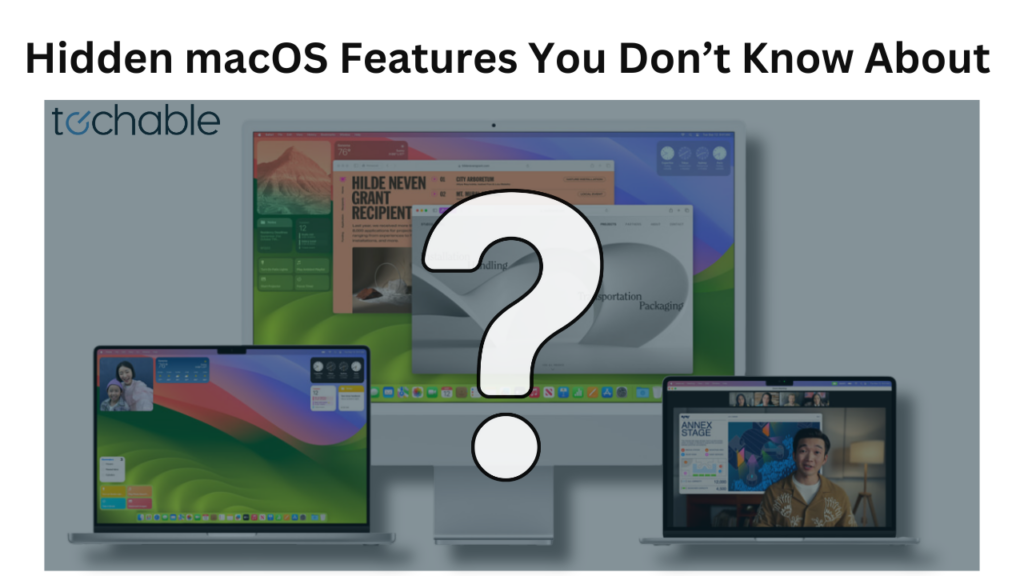
0 Comments